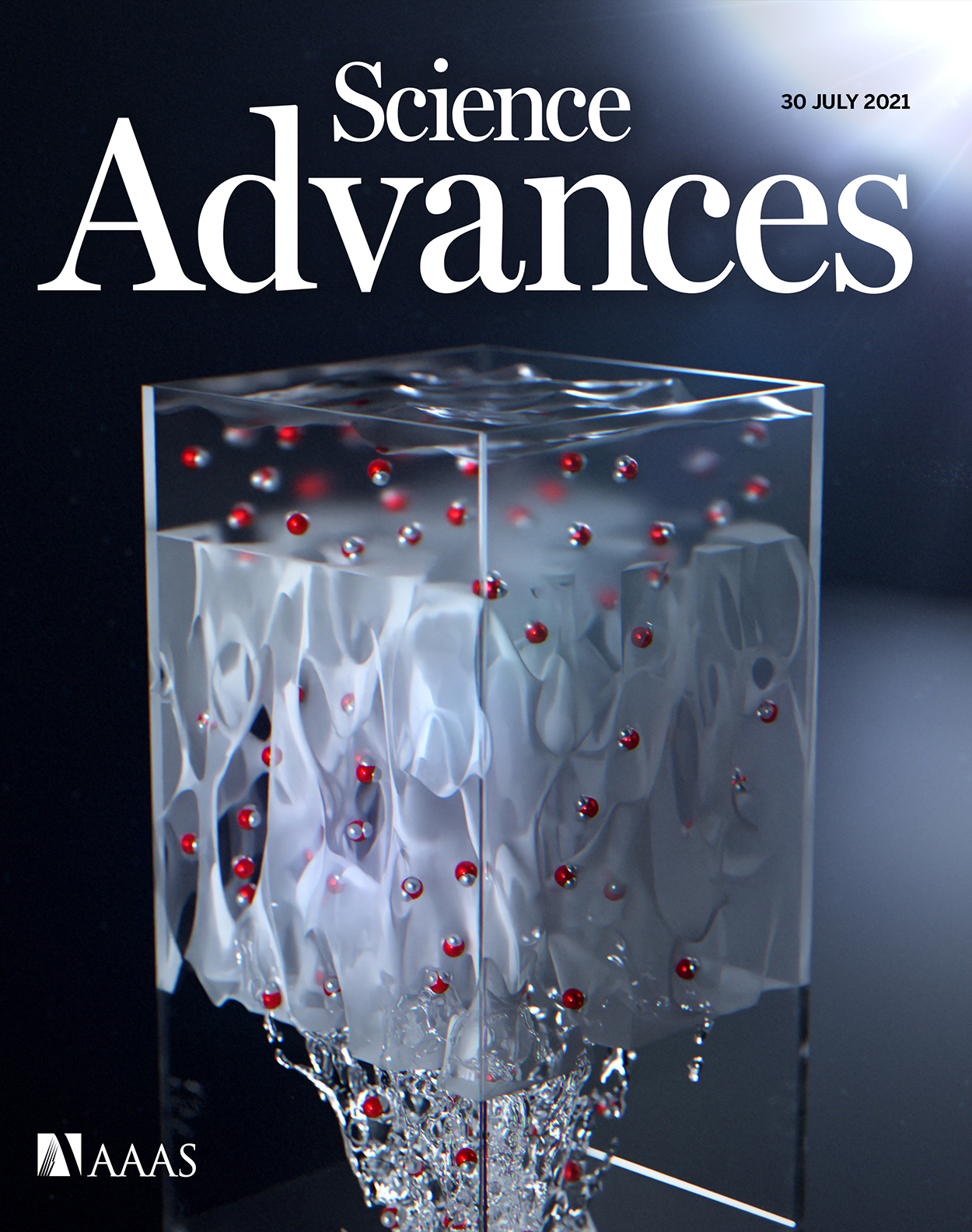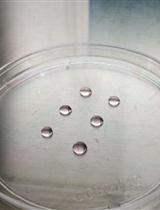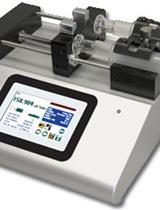- EN - English
- CN - 中文
Studying Cellular Focal Adhesion Parameters with Imaging and MATLAB Analysis
利用成像和MATLAB分析研究细胞焦点粘附参数
(*contributed equally to this work) 发布: 2023年11月05日第13卷第21期 DOI: 10.21769/BioProtoc.4867 浏览次数: 1757
评审: Alka MehraAnonymous reviewer(s)
Abstract
Cell signaling is highly integrated for the process of various cell activities. Although previous studies have shown how individual genes contribute to cell migration, it remains unclear how the integration of these signaling pathways is involved in the modulation of cell migration. In our two-hit migration screen, we revealed that serine-threonine kinase 40 (STK40) and mitogen-activated protein kinase (MAPK) worked synergistically, and the suppression of both genes could further lead to suppression in cell migration. Furthermore, based on our analysis of cellular focal adhesion (FA) parameters using MATLAB analysis, we are able to find out the synergistic reduction of STK40 and MAPK that further abolished the increased FA by shSTK40. While FA identification in previous studies includes image analysis using manual selection, our protocol provides a semi-automatic manual selection of FAs using MATLAB. Here, we provide a method that can shorten the amount of time required for manual identification of FAs and increase the precision for discerning individual FAs for various analyses, such as FA numbers, area, and mean signals.
Keywords: Focal adhesion (FA) (粘着斑 (FA))Background
Our protocol can be used to identify focal adhesion (FA) molecules such as paxillin, talin, or vinculin. Images of FA molecules are usually taken by a confocal fluorescent microscope (Doss et al., 2020) or through super-resolution fluorescence microscopy (Kanchanawong et al., 2010) to show clear images. Our protocol allows fast imaging using fluorescent microscopy, acquiring a large number of images for FA identification and quantification. Selecting FAs using prior methods such as ImageJ requires researchers to manually select all FAs by the naked eye. This creates great deviations between different operators and even different times of selection by the same operator. The semi-automatic manual selection provides a time-saving and precise method, running MATLAB scripts to select all FAs in images. Researchers may then select specific FAs for further analysis. By using MATLAB software instead of the traditional analysis by ImageJ plugins (Horzum et al., 2014), we are able to analyze different FA parameters, such as number, area, and signal intensity in a semi-automatic manual method. Furthermore, we chose paxillin for the representation of FA due to its clearer immunofluorescent staining under fluorescent microscope compared to other FA proteins, such as talin and vinculin. By understanding the general properties of FA followed by different treatments, such as STK40 knockdown, we can further explore subsequent cellular mechanisms.
Materials and reagents
Cell culture
Cells
SAS and HSC-3 cells [gifts from J. S. Chia’s Lab (National Taiwan University, Taipei, Taiwan)]
HepG2 and HEK-293T cells [American Type Culture Collection (Manassas, VA, USA)]
HUVEC cells (Lonza, Basel Stücki, Switzerland)
HaCaT cells [American Type Culture Collection (Manassas, VA, USA)]
Culture medium
Dulbecco’s modified Eagle’s medium (DMEM) (Gibco, Thermo Fisher Scientific, catalog number: 11965092 and HyClone, catalog number: 16750-074) for SAS, HSC-3, HepG2, and HEK-293T cells
Endothelial cell growth medium-2 (EGM2) (Lonza, catalog number: CC-3162) for HUVEC cells
1% of penicillin/streptomycin (P/S) (Gibco, catalog number: 15140122)
10% fetal bovine serum (FBS) (HyClone, catalog number: 12389802)
0.5% trypsin-EDTA (Gibco, catalog number: sc-363354)
Phosphate-buffered saline (PBS) (Corning, catalog number: 21-040-CM)
Coating and infection
96-well plate (Thermo Fisher Scientific, NuncTM, catalog number: 165305)
Coated chamber slides [Thermo Fisher Scientific, catalog number: 155411 (4-well) or Nunc Lab-TEK, catalog number: 155383]
6-well plate (Jetbiofil, catalog number: TCP011006)
Poly-D-lysine (Sigma-Aldrich, catalog number: A3890401)
Collagen (100 μg/mL; collagen I, bovine) (Gibco, catalog number: A1048301)
Lentiviruses of control or STK40 [shRNA plasmids bought from National RNAi Core (NRC; Academia Sinica, Taipei, Taiwan); plasmids of shSTK40 were transfected into HEK-293T cells to produce lentiviruses while control lentiviruses were directly bought from NRC]
Puromycin (2 μg/mL) (Sigma-Aldrich, catalog number: A1113803)
Blasticidin (10 μg/mL) (Sigma-Aldrich, catalog number: 15205)
Reagents used prior to immunofluorescent staining
20 mM HEPES (Gibco, catalog number: 15630080)
0.1% BSA (BioShop, catalog number: ALB001)
25 ng/mL FGF1 (Invitrogen, catalog number: PHG0244)
10 U heparin (Sigma, catalog number: H3393)
Drugs
Trametinib 100 nM (LC laboratories, catalog number: T-8123)
Y27632 5 μM (Sigma-Aldrich, catalog number: 688000)
Blebbistatin 5 μM (Sigma-Aldrich, catalog number: 203390)
Verteporfin 2.5 μM (MedChemExpress, catalog number: HY-B0146)
Leptomycin B 100 nM (Cayman Chemical Company, catalog number: 10004976)
Immunofluorescent staining
4% paraformaldehyde (Sigma-Aldrich, catalog number: 158127)
0.25% Triton X-100 (J.T. Baker, catalog number: 10421871)
Primary antibody: purified mouse anti-PXN (BD Biosciences, catalog numbers: 610051 and 610052) in 1% BSA. Paxillin was chosen as the optimal representation of FA due to its clearer visibility compared to other antibodies such as talin and vinculin
5% BSA for blocking
4’,6-diamidino-2-phenylindole (DAPI); 10 μg/mL (Invitrogen, catalog number: D1306)
Secondary antibodies: goat anti-mouse immunoglobulin G (IgG) (H + L) cross-adsorbed secondary antibody and Alexa Fluor 488 (Invitrogen, catalog number: A11001) at 1:500; goat anti-mouse IgG (H + L) cross-adsorbed secondary antibody and Alexa Fluor 594 (Invitrogen, catalog number: A11005) at 1:500 in 1% BSA
Equipment
Microscope (Nikon Eclipse Ti)
Camera (Nikon DS-Qi2)
Excitation light source: X-cite 120 (Excelitas Technologies Corp.)
Filter cubes (Chroma Technology Corporation)
DAPI filter set (excitation wavelength: 360 nm; dichroic mirror wavelength: 400 nm; emission wavelength: 460 nm)
Fluorescein isothiocyanate (FITC) filter set (excitation wavelength: 480 nm; dichroic mirror wavelength: 505 nm; emission wavelength: 535 nm)
Texas Red (Tx-Red) filter set (excitation wavelength: 560 nm; dichroic mirror wavelength: 595 nm; emission wavelength: 630 nm)
Yellow fluorescent protein (YFP) filter set (for over-expression) (excitation wavelength: 500 nm; dichroic mirror wavelength: 520 nm; emission wavelength: 542 nm)
Autofluorescent plastic slides (Chroma Technology Corporation, catalog number: 92001)
Software
MATLAB (MathWorks, Natick, MA, USA)
Install MATLAB Image Processing Toolbox to run script.
Microsoft Excel (Redmond, WA, USA)
Procedure
文章信息
版权信息
© 2023 The Author(s); This is an open access article under the CC BY-NC license (https://creativecommons.org/licenses/by-nc/4.0/).
如何引用
Readers should cite both the Bio-protocol article and the original research article where this protocol was used:
- Yu, L. Y., Tseng, T., Lin, H. C., Hsu, C. L., Lu, T., Lin, Y., Tseng, M. and Tsai, F. C. (2023). Studying Cellular Focal Adhesion Parameters with Imaging and MATLAB Analysis. Bio-protocol 13(21): e4867. DOI: 10.21769/BioProtoc.4867.
- Yu, L. Y., Tseng, T. J., Lin, H. C., Hsu, C. L., Lu, T. X., Tsai, C. J., Lin, Y. C., Chu, I., Peng, C. T., Chen, H. J., et al. (2021). Synthetic dysmobility screen unveils an integrated STK40-YAP-MAPK system driving cell migration. Sci. Adv. 7(31): eabg2106.
分类
药物发现 > 药物设计
癌症生物学 > 侵袭和转移 > 细胞生物学试验 > 细胞粘附
细胞生物学 > 细胞成像 > 固定细胞成像
您对这篇实验方法有问题吗?
在此处发布您的问题,我们将邀请本文作者来回答。同时,我们会将您的问题发布到Bio-protocol Exchange,以便寻求社区成员的帮助。
提问指南
+ 问题描述
写下详细的问题描述,包括所有有助于他人回答您问题的信息(例如实验过程、条件和相关图像等)。
Share
Bluesky
X
Copy link












